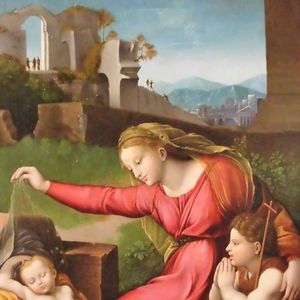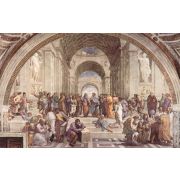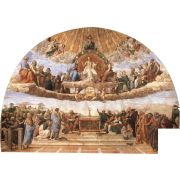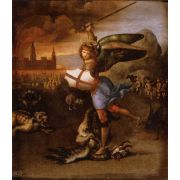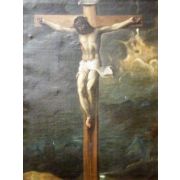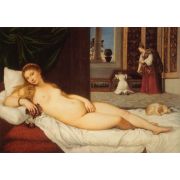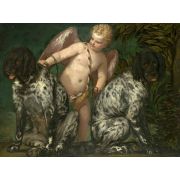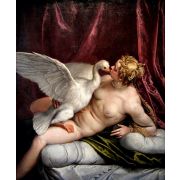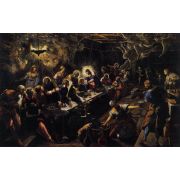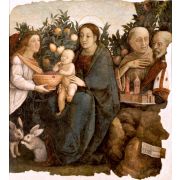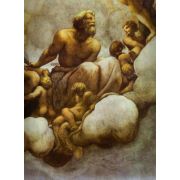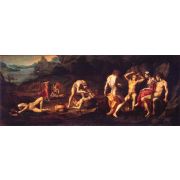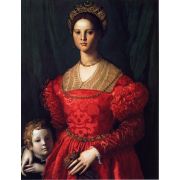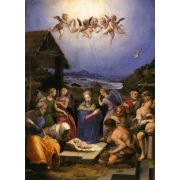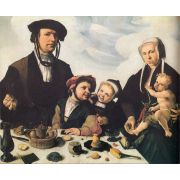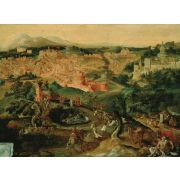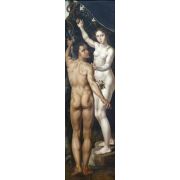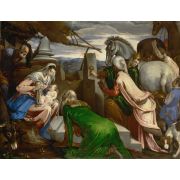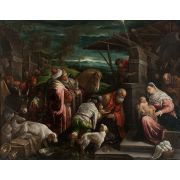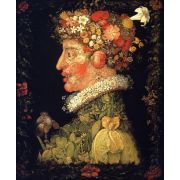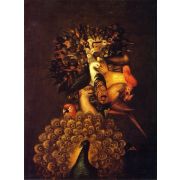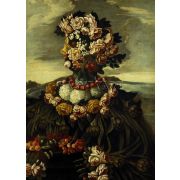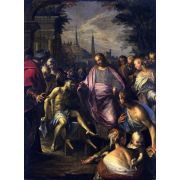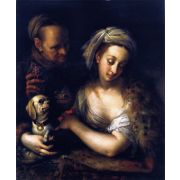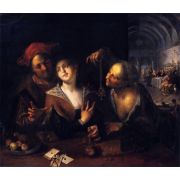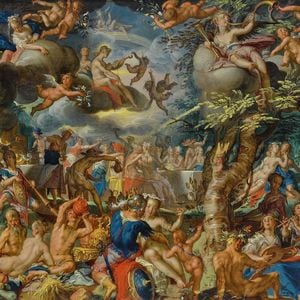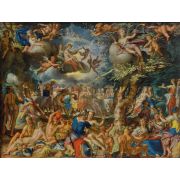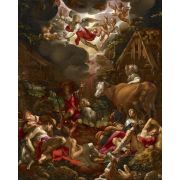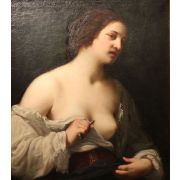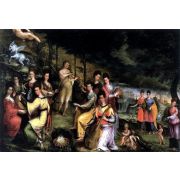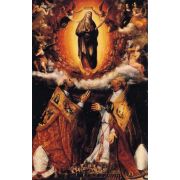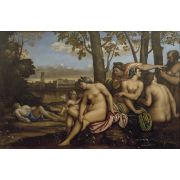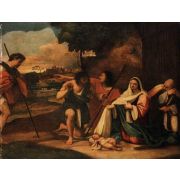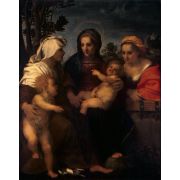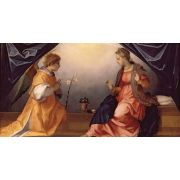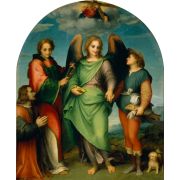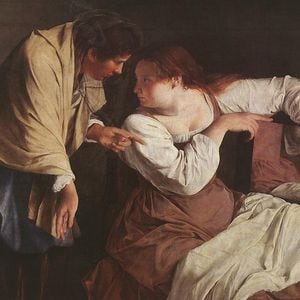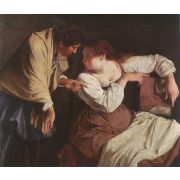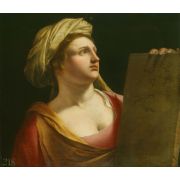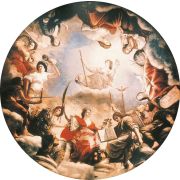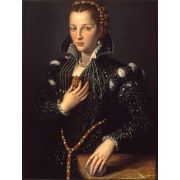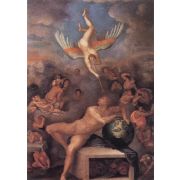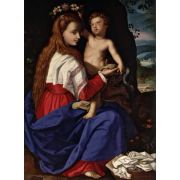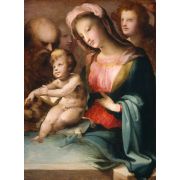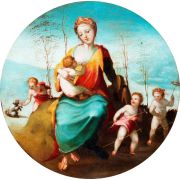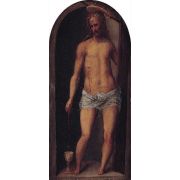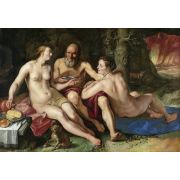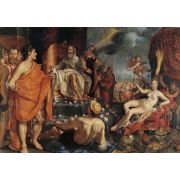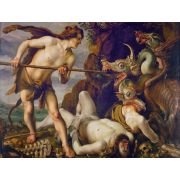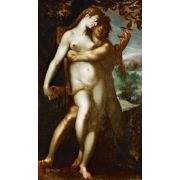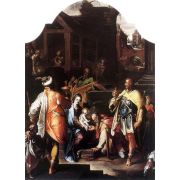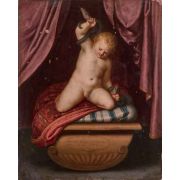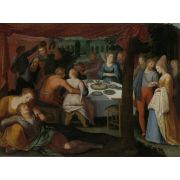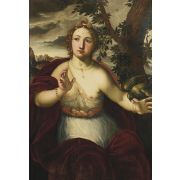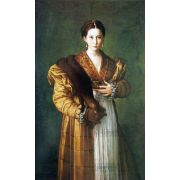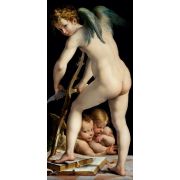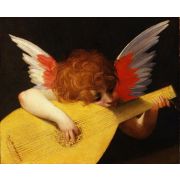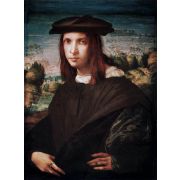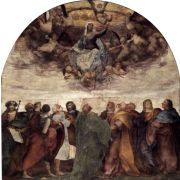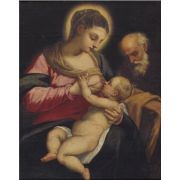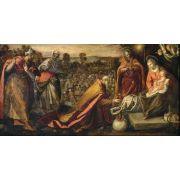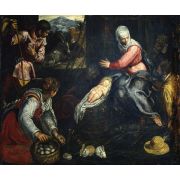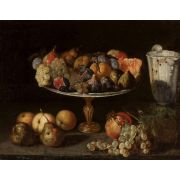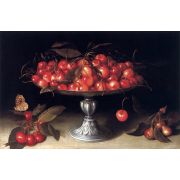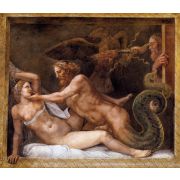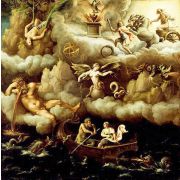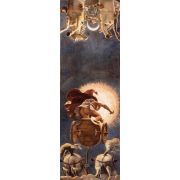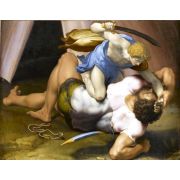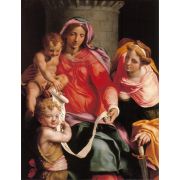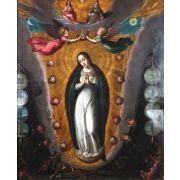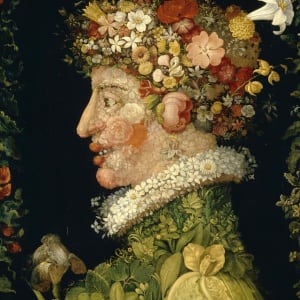
Mannerism (Late Renaissance)
Mannerism (Late Renaissance)
1 to 29 out of 29 artists
Raphael
1483 -1520, Italian / High Renaissance and Mannerism (Late Renaissance), 203 works
Titian
ca. 1488 -1576, Italian / Mannerism (Late Renaissance), 286 works
Veronese
1528 -1588, Italian / Mannerism (Late Renaissance), 545 works
Tintoretto
1518 -1594, Italian / Mannerism (Late Renaissance), 217 works
El Greco
1541 -1614, Greek / Mannerism (Late Renaissance), 202 works
Correggio
ca. 1489 -1534, Italian / Mannerism (Late Renaissance), 154 works
Agnolo Bronzino
1503 -1572, Italian / Mannerism (Late Renaissance), 107 works
Maerten van Heemskerck
1498 -1574, Dutch / Mannerism (Late Renaissance), 85 works
Jacopo Bassano
ca. 1510 -1592, Italian / Mannerism (Late Renaissance), 84 works
Giuseppe Arcimboldo
1527 -1593, Italian / Mannerism (Late Renaissance), 75 works
Hans von Aachen
1552 -1615, German / Mannerism (Late Renaissance) and Northern Renaissance, 56 works
Joachim Wtewael
1566 -1638, Dutch / Mannerism (Late Renaissance) and Northern Renaissance, 50 works
Lavinia Fontana
1552 -1614, Italian, Female Artist / Mannerism (Late Renaissance), 48 works
Sebastiano del Piombo
1485 -1547, Italian / Mannerism (Late Renaissance) and High Renaissance, 47 works
Andrea del Sarto
1486 -1530, Italian / Mannerism (Late Renaissance) and High Renaissance, 43 works
Orazio Gentileschi
1563 -1639, Italian / Mannerism (Late Renaissance), 41 works
Alessandro Allori
1535 -1607, Italian / Mannerism (Late Renaissance), 39 works
Domenico Beccafumi
1484 -1551, Italian / Mannerism (Late Renaissance) and High Renaissance, 37 works
Sofonisba Anguissola
ca. 1532 -1625, Italian, Female Artist / Mannerism (Late Renaissance), 36 works
Hendrick Goltzius
1558 -1617, Dutch / Baroque and Mannerism (Late Renaissance), 36 works
Bartholomeus Spranger
1546 -1611, Dutch / Mannerism (Late Renaissance), 34 works
Otto van Veen
1556 -1629, Dutch / Baroque and Mannerism (Late Renaissance), 32 works
Parmigianino
1503 -1540, Italian / Mannerism (Late Renaissance), 29 works
Rosso Fiorentino
1494 -1540, Italian / Mannerism (Late Renaissance), 20 works
Domenico Tintoretto
1560 -1635, Italian / Mannerism (Late Renaissance), 19 works
Fede Galizia
1578 -1630, Italian, Female Artist / Mannerism (Late Renaissance), 19 works
Giulio Romano
1499 -1546, Italian / High Renaissance and Mannerism (Late Renaissance), 12 works
Daniele da Volterra
ca. 1509 -1566, Italian / Mannerism (Late Renaissance), 5 works
Francisco Pacheco
1564 -1644, Spanish / Baroque and Mannerism (Late Renaissance), 5 works
1 to 29 out of 29 artists
Mannerism is an art style that started in Italy in the late years of the High Renaissance, around 1520. It was popular there until about 1580 when the Baroque style began to take over. Northern Mannerism kept going until the early 1600s.
Mannerism is a style that includes many different ways of doing things that were influenced by and responded to the harmonious ideas of artists like Leonardo da Vinci, Raphael, and early Michelangelo. Whereas High Renaissance art focuses on proportion, balance, and ideal beauty, Mannerism emphasizes these things too much, which often leads to compositions that aren't balanced or look too elegant. The style is known for both how smart and artificial it is (as opposed to naturalistic). It has more tension and instability in its composition than earlier Renaissance art, which was more balanced and clear. Mannerism is a style of writing and music known for being very flowery and intellectually sophisticated.
Art historians still argue about how to define Mannerism and how to describe its different stages. For example, some scholars have used the term to describe some types of 16th- and 17th-century music and literature, especially poetry. The time is also used to talk about some late Gothic painters who worked in northern Europe from about 1500 to 1530, especially the Antwerp Mannerists, who had nothing to do with the Italian movement. Mannerism has also been used to describe Latin literature from the Silver Age.
It comes from the Italian word maniera, which means "style" or "manner." Like the English word "style," the Spanish word "maniera" can mean either a specific style (such as a "beautiful style" or an "abrasive style") or an absolute that doesn't need to be qualified (someone "has style"). Giorgio Vasari used the word "mania" in three different ways in the second edition of his book "Lives of the Most Excellent Painters, Sculptors, and Architects" (1568): to talk about an artist's style or way of working, to talk about a person or group style, such as when he said "maniera greca" for "Byzantine style" or "maniera of Michelangelo," and to say that an artist's work was Vasari was another Mannerist artist. He called the time when he worked "la maniera modern," which means "the modern style." James V. Morillo talks about how "Bella maniera" poets tried to write better poetry than Petrarch's sonnets. This idea of "Bella maniera" suggests that artists who were inspired in this way tried to copy and improve on the work of their predecessors instead of directly facing nature. Essentially, "Bella mania" took the best parts of different sources and put them together to make something new.
"Mannerism" is not easy to define as a style label. Swiss historian Jacob Burckhardt used it, and German art historians popularized it in the early 20th century to classify the art of 16th-century Italy that didn't seem to fit into any other category. This was art that no longer showed the balanced and rational approaches of the High Renaissance. The term "High Renaissance" describes a period known for its harmony, grandeur, and revival of classical antiquity. John Shearman changed the meaning of the word "Mannerist" in 1967. This was after Fritz Grossmann exhibited Mannerist paintings at the Manchester City Art Gallery in 1965. During the 1600s, "Mannerism" talked about social behavior, showed refined virtuosity or described a specific technique. But later writers, like Gian Pietro Bellori in the 1600s, used "la maniera" as a pejorative term for art after Raphael, especially in the 1530s and 1540s. Since the late 1800s, art historians have often used the word to describe art that comes after the classical style of the Renaissance and before the Baroque.
